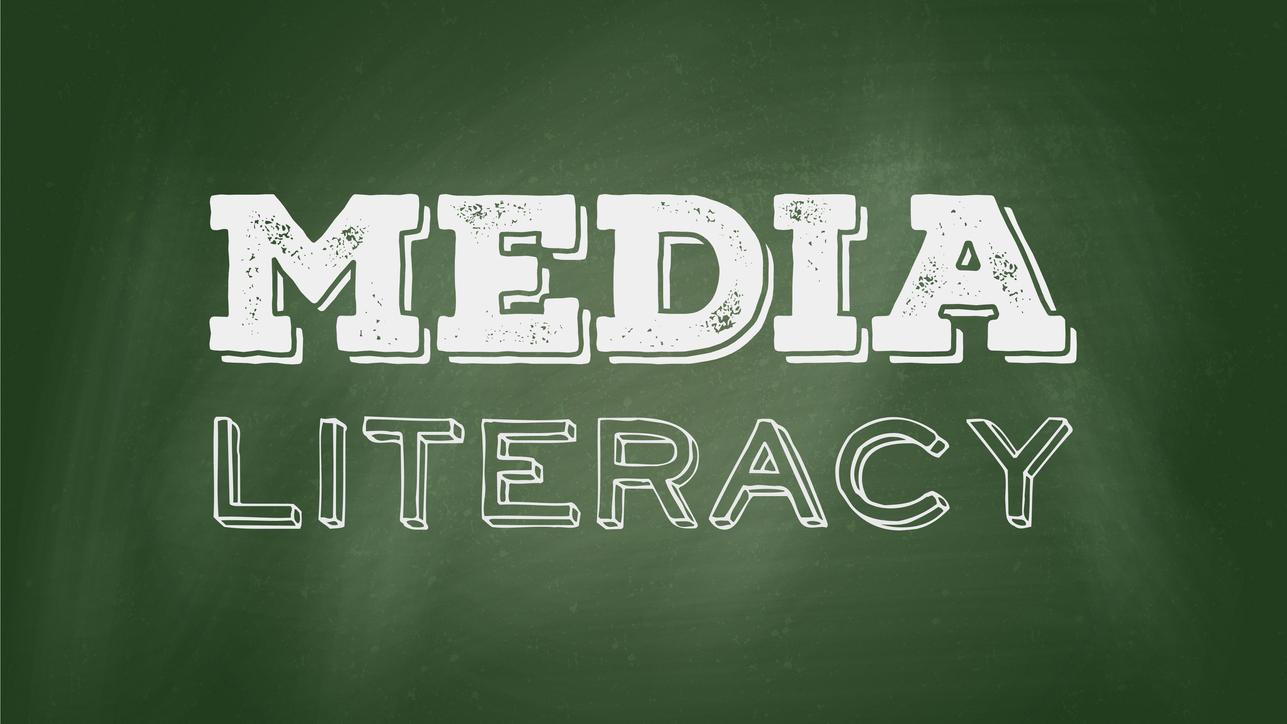by Beth Staats
Quick Summary
In the library, education, and information world, we hear the term 'media literacy' again and again. So what is it exactly? How can we be sure we are media literate? I recently attended an ALA webinar on 'media literacy' that helped to answer some of these questions.

In the library, education, and information world, we hear the term 'media literacy' again and again. So what is it exactly? How can we be sure we are media literate? I recently attended an ALA webinar on 'media literacy' that helped to answer some of these questions. The first of this webinar series was titled, "Media Literacy for Adults: Meeting Patrons Where They Are," presented by Amber Conger and Kristen Calvert.
The National Association for Media Literacy Education defines media literacy as the ability to access, analyze, evaluate, create, and act using all forms of communication. To simplify it, media literacy builds on skills used in the traditional forms of literacy such as reading and writing, though media literacy also ties in the important skills of critical thinking and effective communication. "Media literacy skills are essential to becoming a successful student, responsible citizen, productive worker, and/or conscientious consumer." Media literacy helps us make smart decisions.
Libraries can help with this by integrating media literacy practices into their existing programs and services. Whether via reference desk interactions, programs, classes, displays, community events, or book clubs, media literacy practices can happen in an informal teaching setting and offer the opportunity to deflect from sharing your own opinion. When at the Reference Desk, be ready to address why a patron might think their information source is reliable, and have resources ready and the skills in place to talk about media literacy.
A great place to start working on media literacy skills is by downloading this free ALA guide: Media Literacy in the Library: A guide for library practitioners.
